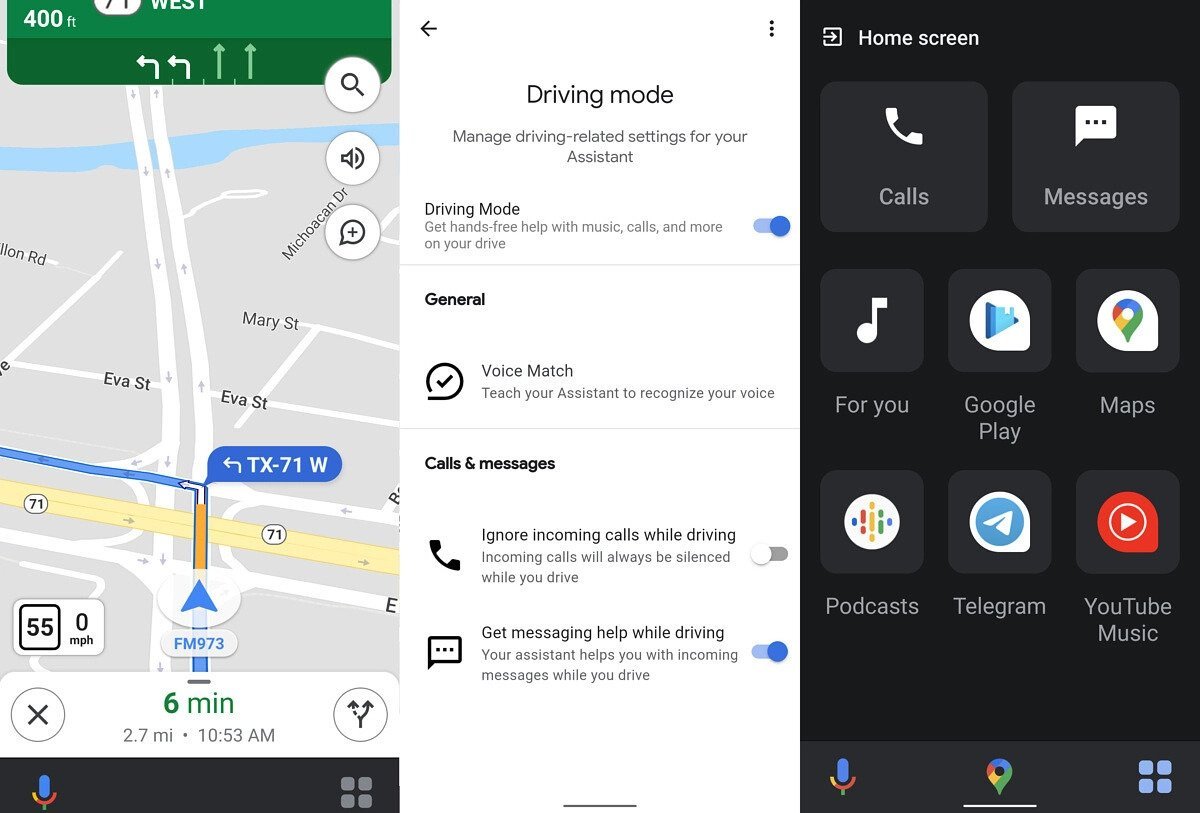The Google Assistant Driving mode first announced by the company in 2019 has started appearing on some devices Android, XDA-Developers reported.

The user interface looks somewhat different from what Google showed at last year's I/O developer conference. XDA reports that it first noticed something before two weeks, when users reported seeing a new navigation interface (UI) in Google Maps.
The Google Assistant Driving Mode announced at Google I / O 2019 seems to finally be rolling out https://t.co/s8Ip8VhAiT
- XDA (@xdadevelopers) October 16, 2020
We don't know if the rollout of this new feature is part of a test or if it will be available to all users. XDA's Mishaal Rahman said he saw the new driving mode on a Google Pixel 4, an Asus ZenFone 7 Pro, and an LG Velvet, and speculates that the new mode will replace the application Android Auto on smartphones. This seems to match what Google reported last year.
Whether the new feature will include all the features Google mentioned when it first revealed the driving feature is not yet known. It should logically be available on any Android phone with Google Assistant, using the voice prompt “Hey Google, let's drive.” This would bring up a dashboard with driving-related features and other personalized suggestions.
#HeyGoogle, let's drive: Coming this summer on @android phones, the Google Assistant's new driving mode features a thoughtfully designed dashboard with personalized suggestions for navigation, messaging, calling and media. #io19 pic.twitter.com/epJoJdqhX5
- Google Google) May 7, 2019
The same board should also provide entertainment opportunities for drivers whose vehicles are not equipped with touch screens.
Voicemail does not appear to be working on devices that have the new feature enabled, according to Android Police. To see if your device has Google Assistant Driving mode, open the Google Maps application and select "Google Assistant settings" from the settings menu. If it is not enabled, you will be taken to the main section of the Assistant settings.





